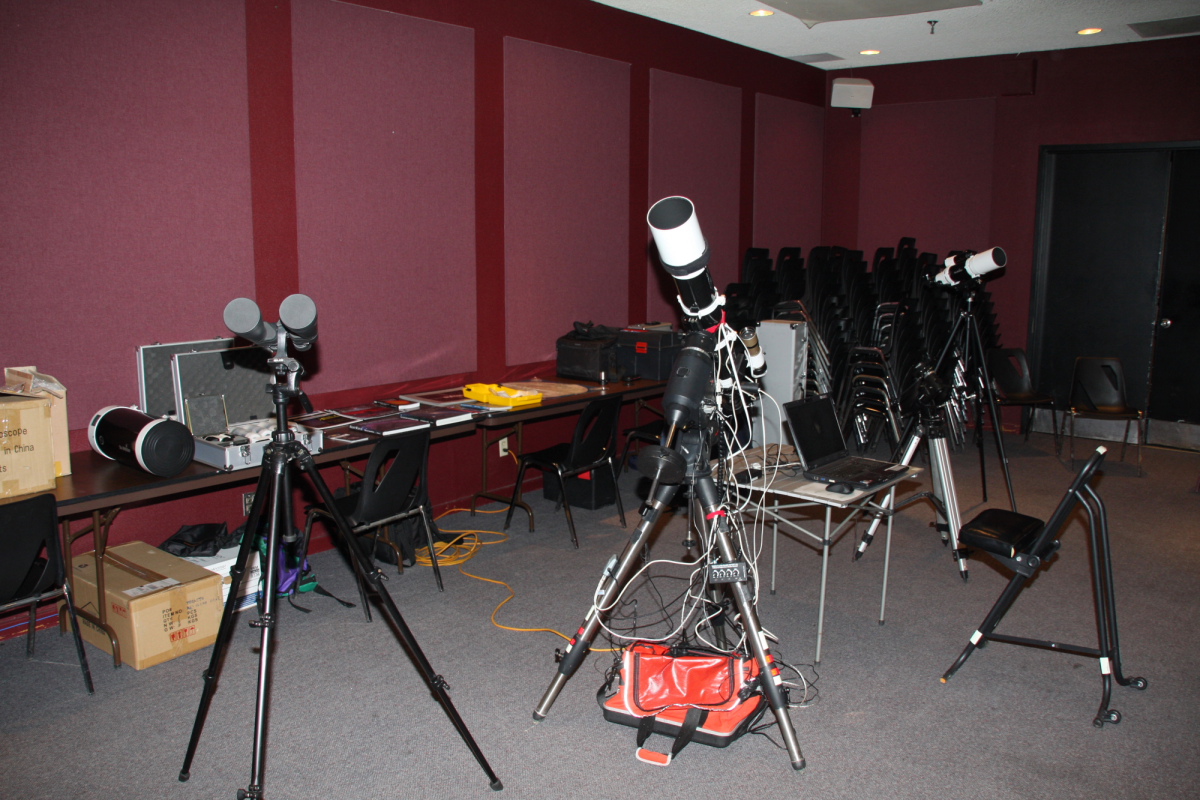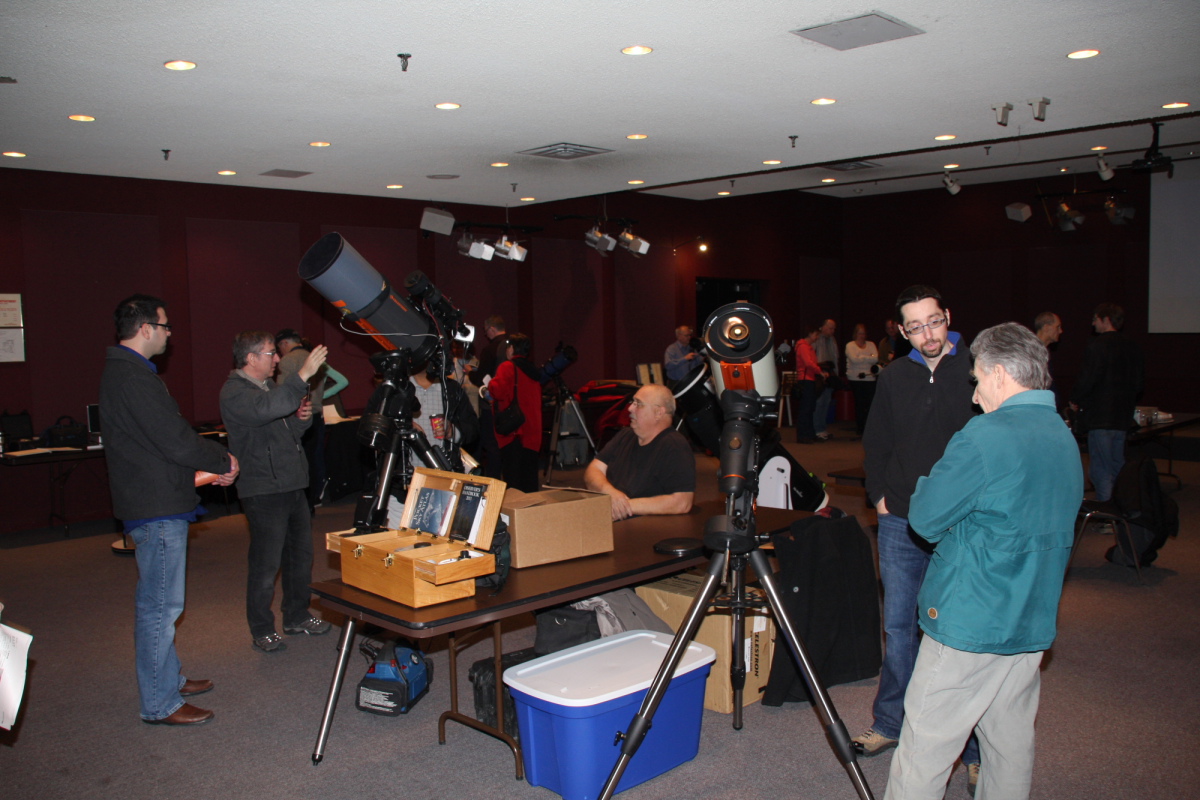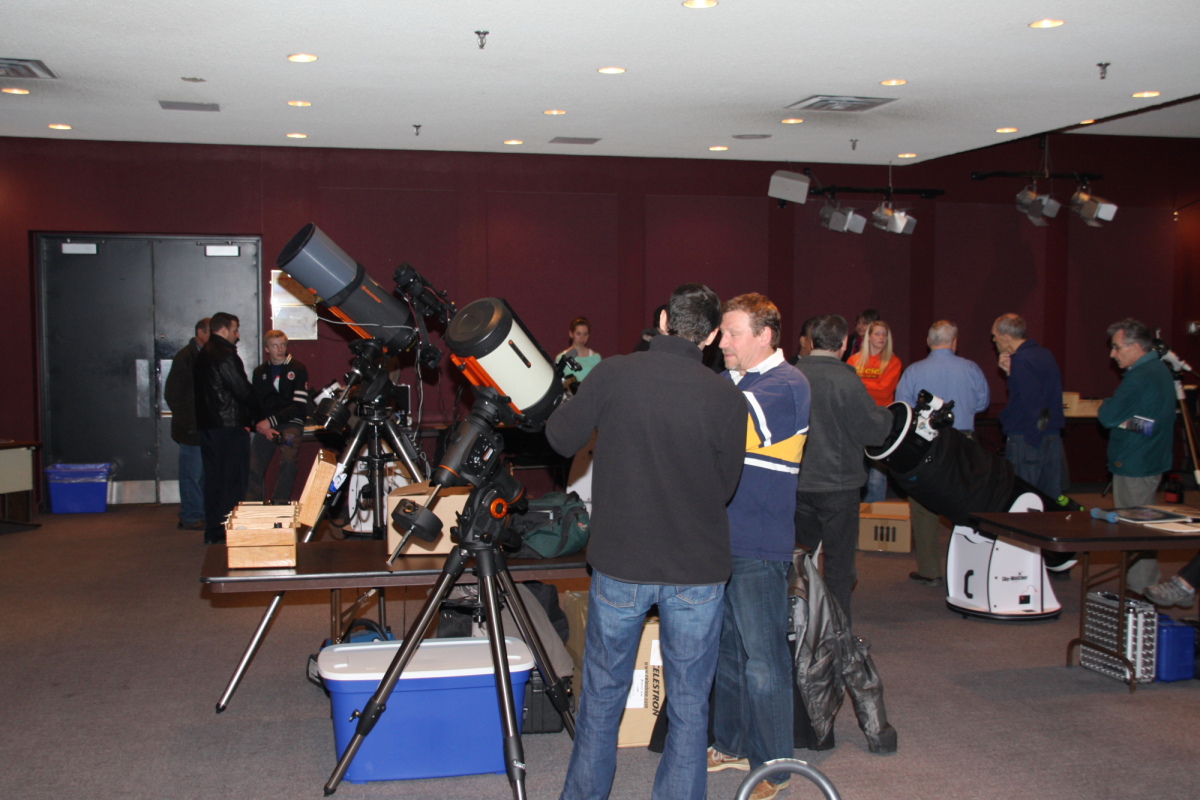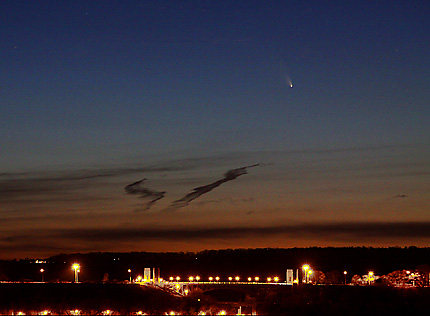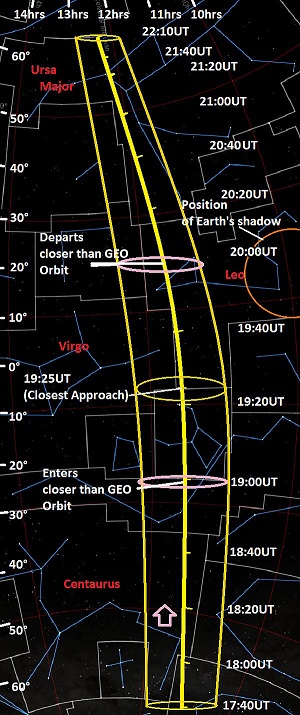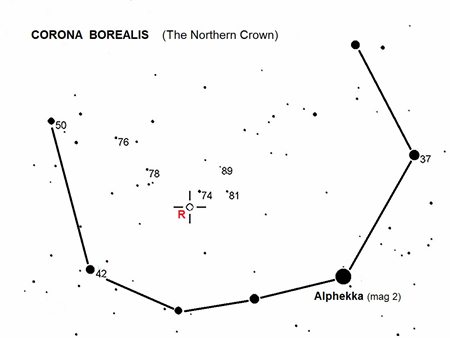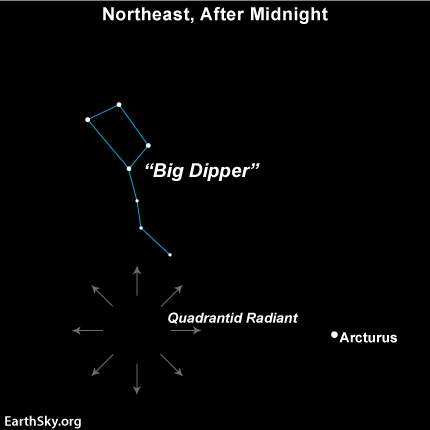(Copied from our Facebook page: https://www.facebook.com/hamiltonamateurastronomers)
By now with some of the posts here and elsewhere, you’ve probably heard about Comet PanSTARRS. It will be the first naked eye comet visible to us in the northern hemisphere in some time. There was hope that it would be extremely bright, but revised estimates place it maxing out at magnitude +2, perhaps +3 (which will make it brighter than Sirius – the brightest star in the sky, but not as bright as Venus or Jupiter can get). Correction: got the + and – signs mixed up. Sirius is at mag -1. So PanSTARRS won’t be the brightest object. At +2, it will be comparable to the star Saiph in Orion or the brighter stars in the Big Dipper or Cassiopeia. Still potentially impressive. Unfortunately comets are very unpredictable – it could end up becoming brighter or dimmer very quickly.
Perigee (the closest the comet gets to the Earth) was Tue Mar 5, but it was not yet visible from the northern hemisphere. But it’s climbing in the sky as it continues towards the Sun where it should get closer to it expected maximum brightness. Maximum brightness should occur around March 10 just as it does get above the horizon for us northerners.
Here’s a chart showing the position of the comet from the 7th to the 20th. On the earlier dates, the comet will be very low and hard to see in the distant horizon. Later it will get higher, but at the same time it will be getting further from us. The crescent Moon on the 12th and 13th won’t really interfere, but may enhance any photographic efforts.

The chart (from Sky&Tel) is good for 40 degrees latitude north – Hamilton is at 43, so it’s a pretty good guide for us.
Because it’s low in the western sky, we will only have a short window each evening just after sunset to view this object before it sets. It may be a bit of a challenge to pick out of the sunset glow around the earlier dates.
Fortunately for our area (Hamilton), the skies are expected to be mostly clear from the 8th to 10th, and perhaps again around the 13th to 15th. This may give us lots of opportunities to view and maybe even image the comet.
But be careful using optics or cameras. Don’t use them until the Sun has fully set – we don’t want to risk any one’s eyesight.
The best instrument to use to enjoy the comet is probably going to be a pair of binoculars. It provides a wide enough field-of-view to see the entire comet and any tail(s). Find yourself a good open location with a clear view to the West. The lower the horizon from your vantage point, the better. Once the Sun has dropped below the horizon, then begin scanning for it in the sunset’s glow. Don’t wait until twilight is over – it will be too late then.
Sunset is approx 6:15pm to 6:20pm EST. Don’t forget that Daylight Savings Time begins this Sunday Mar 10 when clocks are moved forward 1 hour. So sunset will occur 1 hour later after that.
If you do manage to see or image the comet, please let us know here. Have fun and good hunting.
(A Sky&Tel article with more info about the comet)
http://www.skyandtelescope.com/observing/highlights/187930541.html

